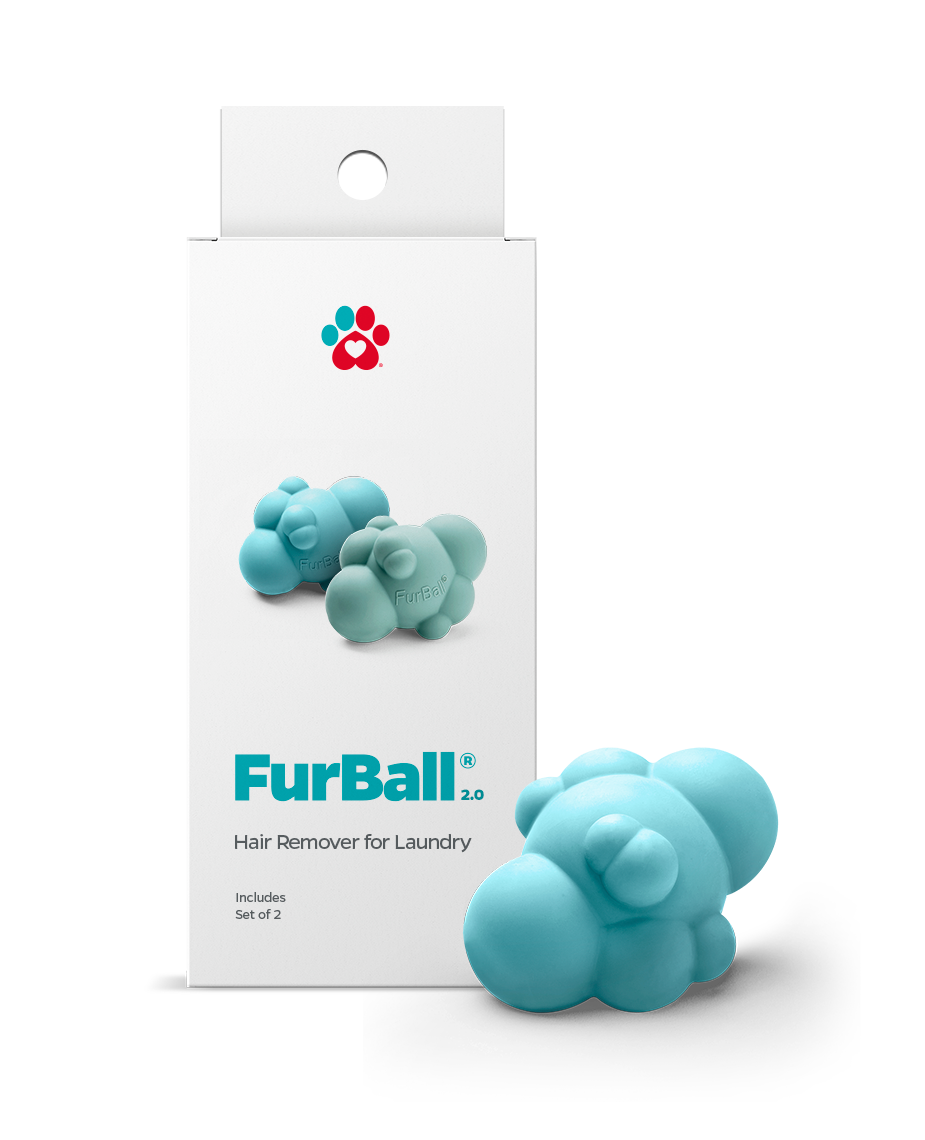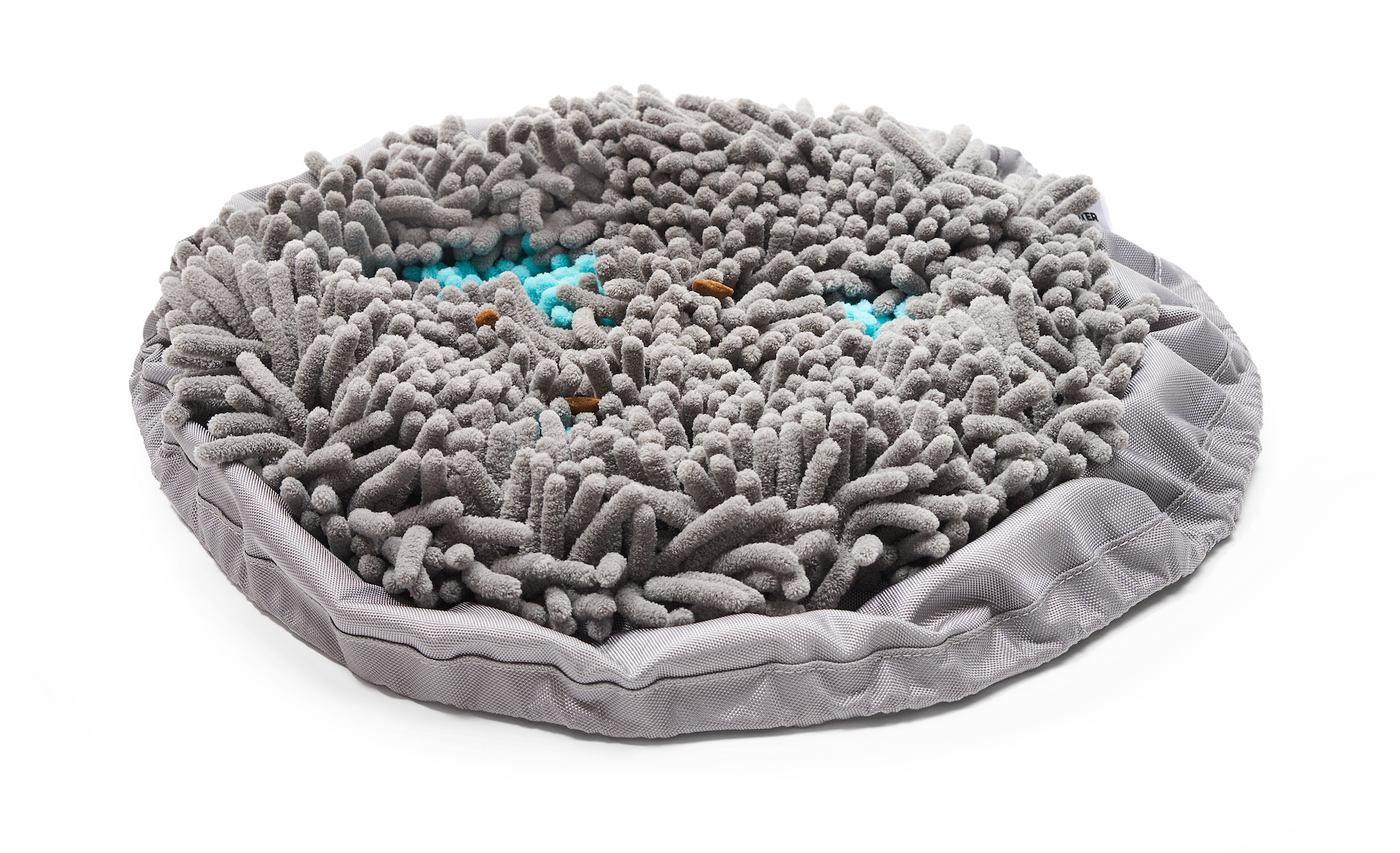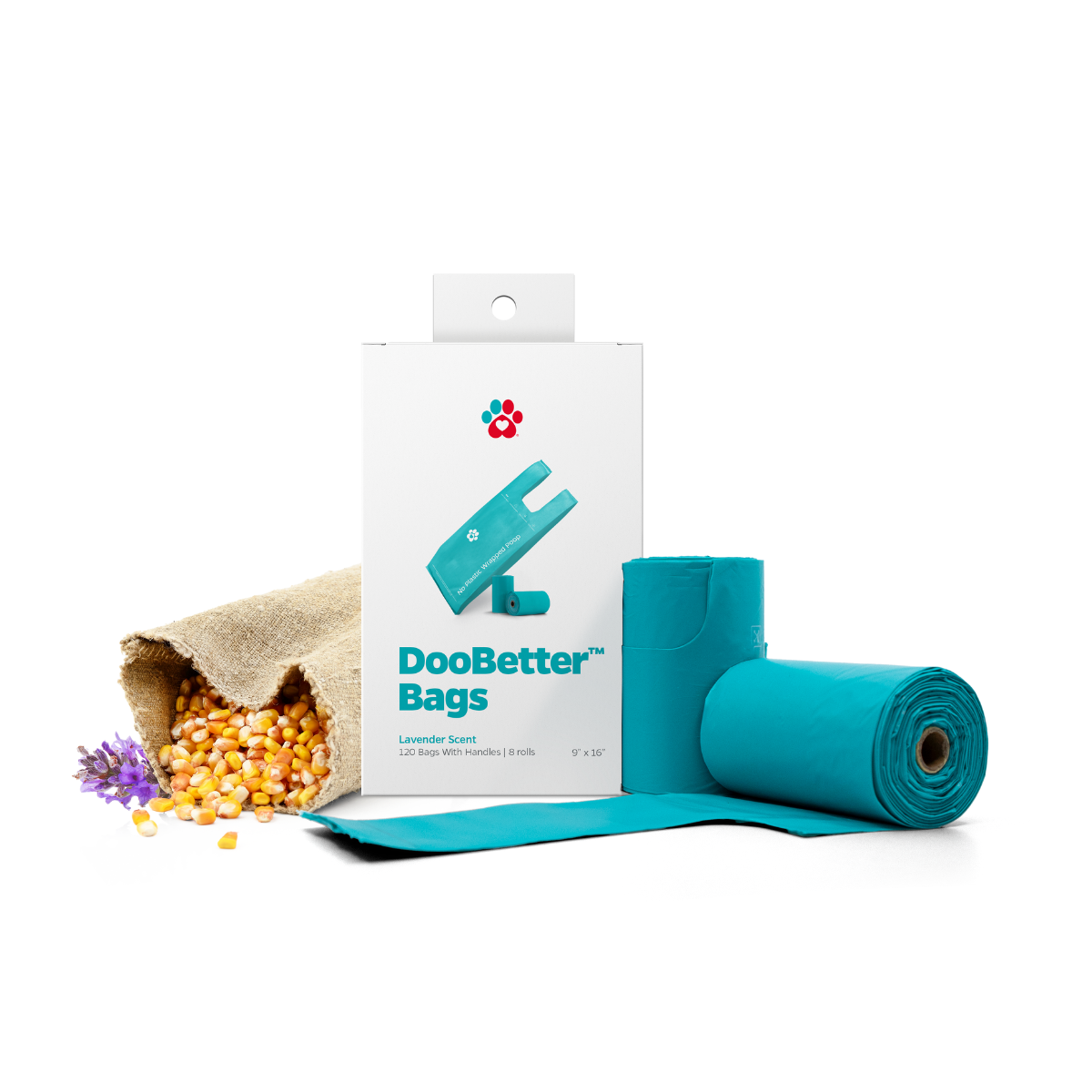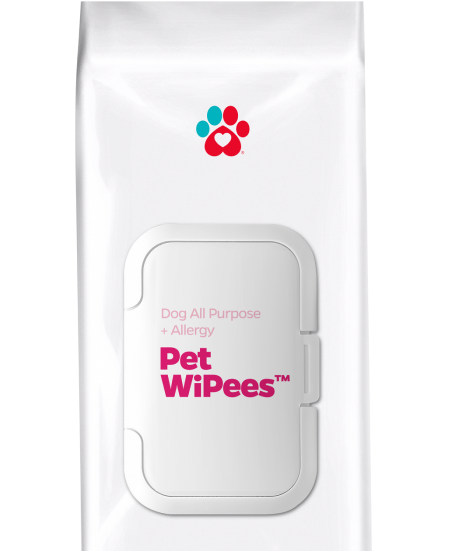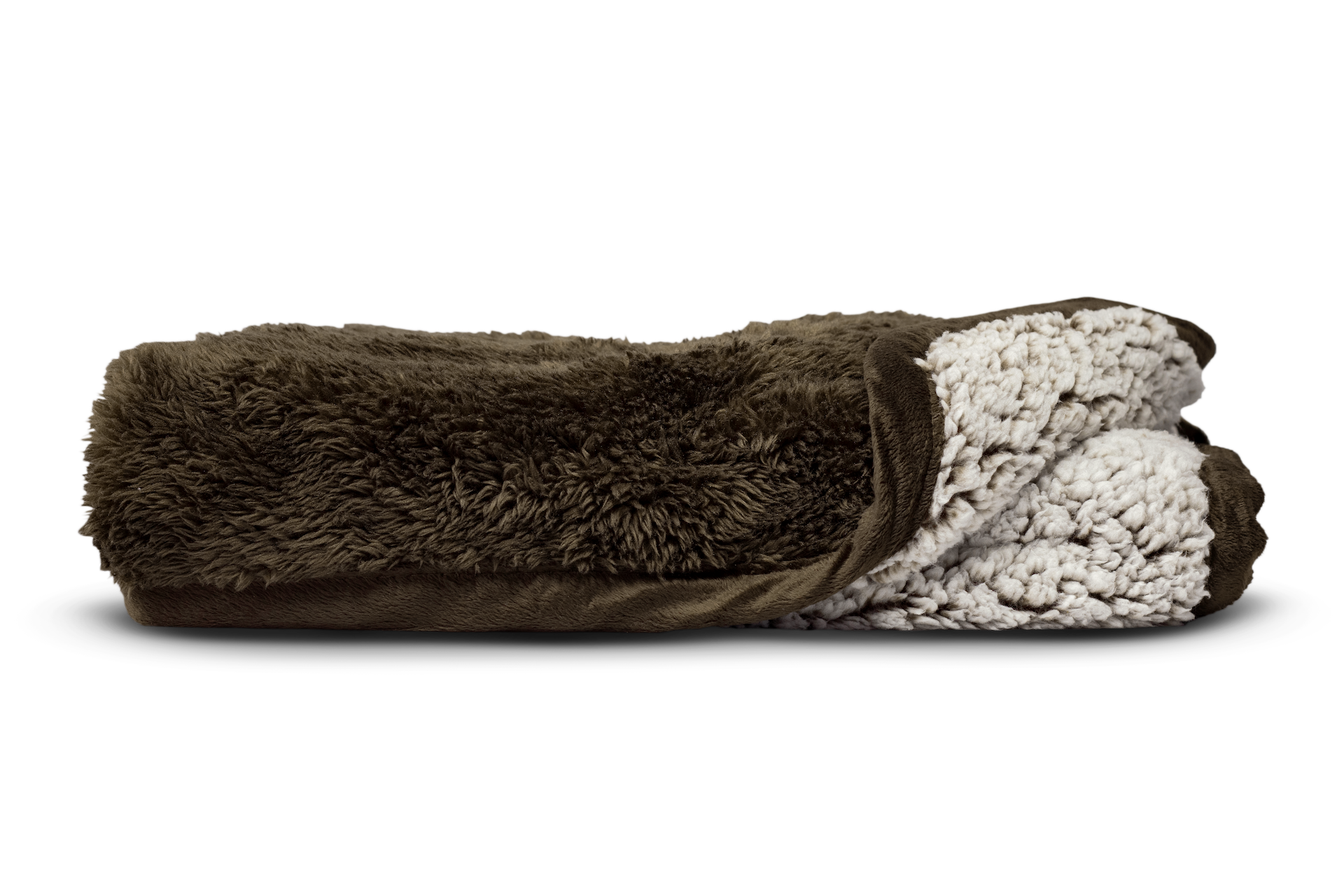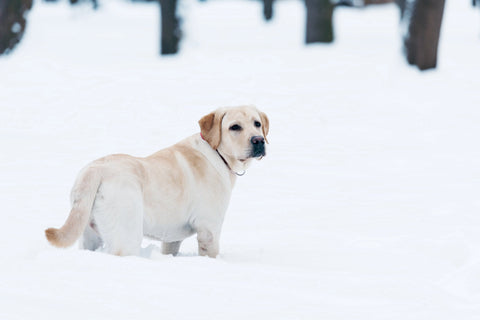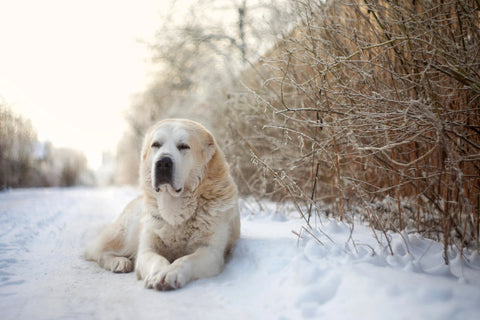Your dog might be skinny or a friend's dog is, leading you to this article. If so, the dog could be going through a lot of health problems like inactivity, loss of interest in activities they love, dull skin & coat, and reduced muscle mass.
Even though The Association for Pet Obesity Prevention stated that over 53.9% of dogs in the year 2016 have been found to be overweight, there are also a lot of underweight dogs. Being underweight can be threatening for their overall health and life span. So how can you help a dog gain weight?
In this article, we’ll talk about how important it is to correctly determine and figure out why your skinny dog might be underweight and to learn the best and safest ways to put weight on your skinny and underweight dog. Keep reading for tips on how to help your dog gain weight.

Determining Skinny Dogs
Before learning how to help your dog gain weight, you will want to make sure that they actually need to gain weight. Many people will mistake a fit dog for a skinny one, since there is a problem of obesity in dogs. Tall skinny dogs may appear too skinny to those not familiar with the breed and build. Some skinny dogs may actually be perfectly healthy. If you are asking yourself, “is my dog too skinny,” then use these methods to help you determine the answer.
One great tool you can use to help determine if your dog is underweight is using the Body Condition Scoring Tool. This is an exceptional tool to help you find out if your skinny dog has the correct amount of body fat and muscles by checking your furbaby's ribs, spine, and bone structure. Use these methods to figure out if your dog needs to gain weight.
Rib Examination. If your furbaby is skinny and underweight, their ribs can easily be seen and felt. Their waistline will also curve more to one side. The ribs and spine on a healthy dog cannot be easily seen. The dog will have a muscular built and their waistline will not be curved.
Profile Analysis. According to The Pet Express, a dog's abdomen should be higher up than its ribcage, so that their underside gradually inclines from their front legs gradually up toward their rear. A steep incline toward their rear suggests that your dog is underweight. Meanwhile, a shallow incline or no incline at all is an indication that your furbaby is overweight. You can check your dog’s profile by lowering down to their level and viewing the slope from the side.
Overhead Inspection. You’ll know if your furbaby has a healthy body weight if their body has an hourglass-like figure when you are looking down. You will be able to see its waist tucked behind your dog's ribs. If you can observe the figure of your dog's individual ribs and its waist is obviously smaller than its ribcage, then your pet is underweight and skinny; Nonetheless, if its waist is in line with the ribs or protrudes past them then your dog is overweight.
Please note that different breeds may appear naturally skinnier than others, especially with tall skinny dog breeds. Greyhounds and Salukis, for example, are tall skinny dogs that may appear underweight to some at a perfectly healthy weight. While dogs that are skinny naturally may appear under-fed, it is actually dangerous for them to become to heavy due to their bone structure. If you are having trouble determining if your dog is overweight or underweight, ask your veterinarian.
Why Your Dog is Skinny and Underweight
Your dog may be skinny and underweight for a lot of reasons. Knowing what is causing your dog to be underweight is a great first step in learning how to help your dog gain weight. Here are some potential reasons that your dog could be underweight.
- Illnesses, like liver disease, lymphoma, heart disease, kidney disease, diabetes, periodontal disease, malnourishment, parasite-borne diseases, and many more.
- Picky-eater
- Poor quality dog food
- Stress, anxiety, and depression
No pet parent would ever want their furbaby to be underweight and unhealthy. As much as possible, you'd want to bring dogs that are skinny back to shape as soon as possible for them to be able to run, jump, chase, and play again. Helping your dog gain weight wouldn't be that easy especially because most skinny dogs lose their appetite and will not want to eat more.
How to Make a Dog Gain Weight
Dogs that are skinny may need some extra support to help them gain weight. Here are best and safest things you can do to help your dog gain weight in no time:
Go and see your vet about skinny dogs
Always make it a point to consult with your vet. Your furbaby's decreased body weight can be a symptom of an underlying health condition that needs to be diagnosed and treated properly. If your dog won’t gain weight, but your dog needs to gain weight, your vet may suggest a variety of ideas from appetite stimulants to a change of diet.
Also, you need to be able to identify your dog's ideal weight. A lot of pet parents are not sure what their dog's ideal weight is. Ask your vet how to calculate your furbaby's ideal weight by using the Body Condition Scoring (BCS), a conventional veterinary tool for assessing the physical conditions of pets. Identifying your skinny dog's ideal weight will allow your veterinarian to plan accurate and safe feeding amounts and schedules.
Keep exercise
Yes, dogs that are skinny still benefit from exercise. As you are feeding your dog more calories, the more they will need exercise to burn those extra fats. Always try to incorporate exercise in your furbaby's day-to-day activities, as simple as walking, running, and playing can do them so much good. Exercise will help your dog maintain a weight that's a good combination of muscles and fats. It also helps stimulate their appetite. Be sure to account for calories being burned when planning their meals so that your dog can gain weight and strength.
"Your furbaby's decreased body weight can be a symptom of an underlying health condition that needs to be diagnosed and treated properly."
If your dog is going through some health conditions, ask your vet on how you can possibly incorporate exercise without causing any harm. Remember, safety first!
To help your dog with exercising, you can provide them with Pet Parents® Hip and Joint SoftSupps®. These supplements target problems like mobility support, joint stress recovery, and overall joint health.
Pet Parents® Hip and Joint SoftSupps® contain all-natural eggshell membrane that supplies optimum support for mobility by helping maintain healthy bone and joint function. It also contains Glucosamine HCL, a compound that may help build a cushion and encourage lubrication around joints to help support comfortable movement and flexibility in your furbaby.
Give supplements to your skinny dog
Providing your skinny dog with trusted supplements will help boost their health. Consider giving your dog Pet Parents® Multivitamin SoftSupps® that contain enzymes, Niacin & proprietary probiotic blend (1 B CFU) that help support proper digestion & bowel health and maintain a healthy intestinal tract for better appetite.
These multivitamins help improve your furbaby's skin & coat health, support hip & joint, support a healthy immune system and heart health, and promote healthy gut.
You can also consider Pet Parents® Probiotic SoftSupps® that has a pumpkin for dogs that's loaded with fiber, vitamins & minerals that help support proper digestion & absorption. Pet Parents® Probiotic SoftSupps® supports proper digestion in your dog as well as the proper distribution of vitamins and minerals throughout the body. It also helps aid your dog's body process with critical nutrients like Vitamin B12.
Probiotics are also known to synthesize important hormones that can support a furbaby's body system and help balance out the helpful and harmful bacteria.
Best of all these SoftSupps® are made with tasty meat and veggies and can be fed like a treat. So, even picky eaters can enjoy their vitamin supplements.
"Pet Parents® Probiotic SoftSupps® supports proper digestion in your dog as well as the proper distribution of vitamins and minerals throughout the body."
Knowing how to help your skinny dog gain weight can be a challenging responsibility. It can be frustrating when your dog won’t gain weight, but the process of helping a dog to gain weight can take time. If your dog needs to gain weight, your vet might recommend a change in diet, lifestyle, or adding supplements to help your dog get all their necessary vitamins. It takes patience and a lot of effort to keep up with the best and safest methods to help your dog gain weight in a happier, healthier way.
